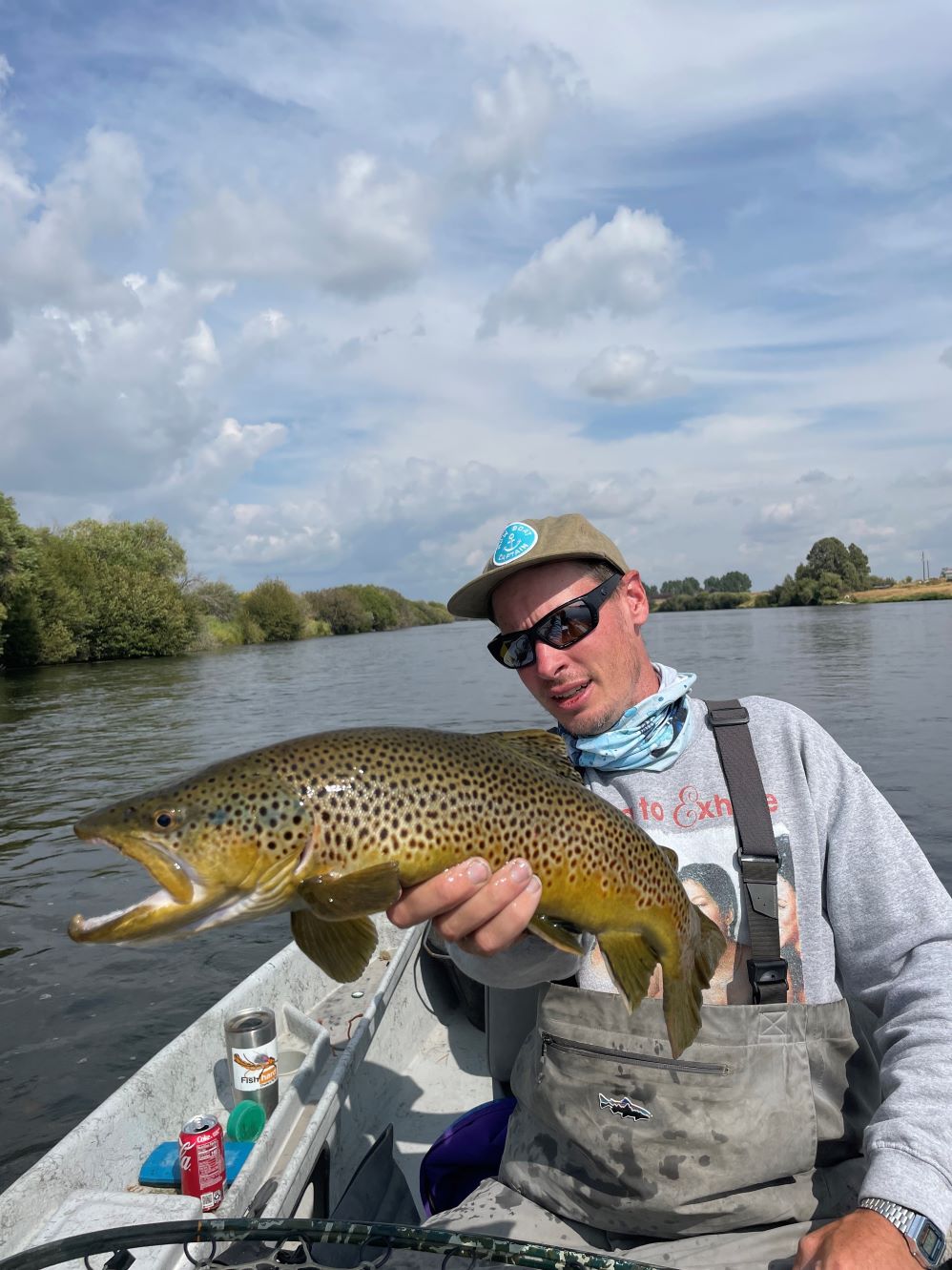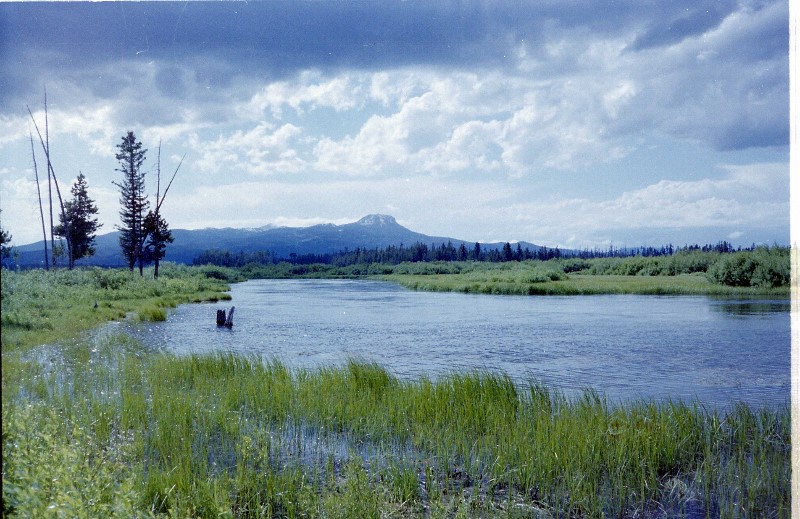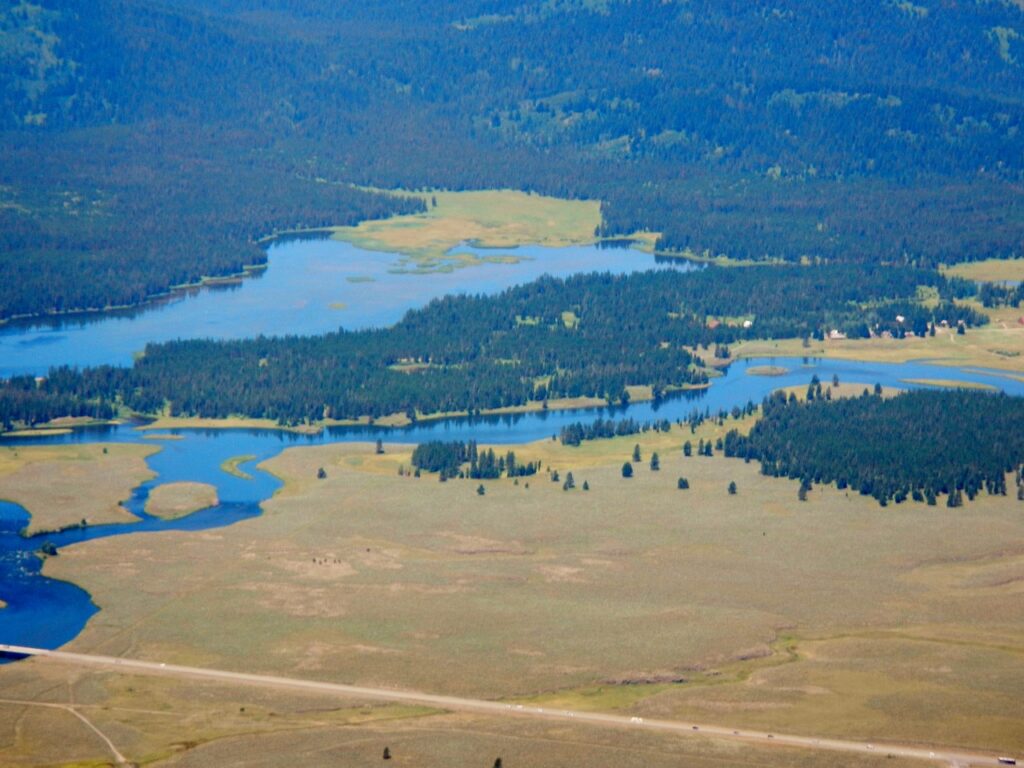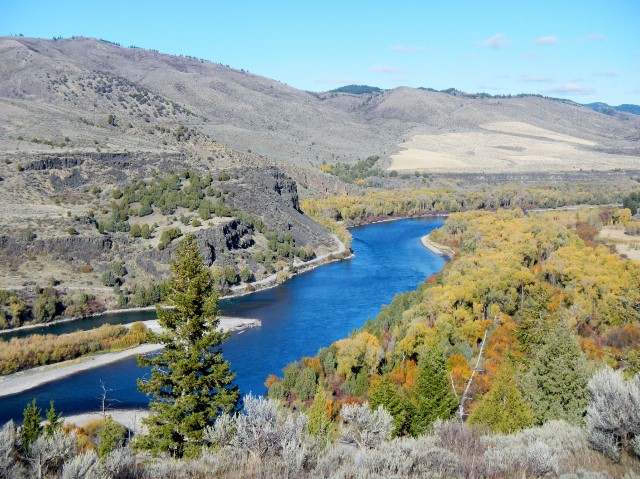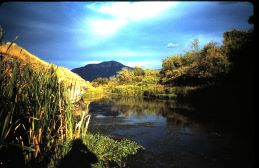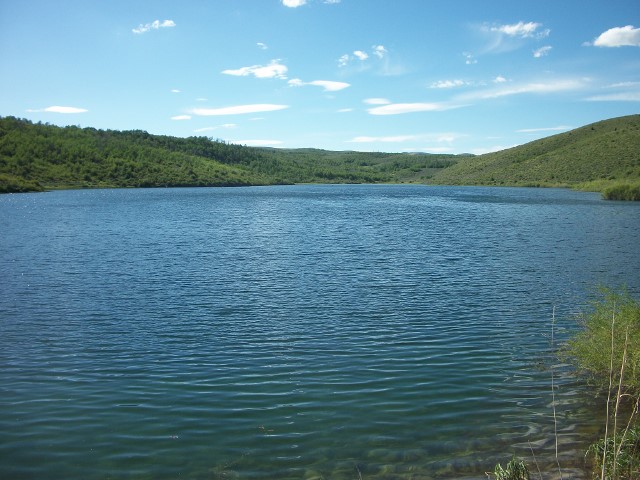Still Waters, July 5th, 2024

Hatching Damsels
With hot weather coming up, expect that trout in many of our irrigation reservoirs will be moving to deep waters, and that shallower waters there and elsewhere will feature a growing amount of aquatic vegetation. Such will discourage cast and retrieve fly fishing and make early and late in the day top water fishing best. Finding the “taking depth” will be a best tactic. Do so by suspending such as a midge pupa pattern at different depths under an indicator. Speckled dun mayfly and damselfly activity can be present on many of our still waters and will be a “saving grace” for top water fly fishing enthusiasts. Damsel flies emerge mainly around aquatic vegetation mats and because of their numbers fish key on them.That suggests that their life cycle patterns are useful. Look for damsels having peak hatching activity during wind free and mild weather days.

